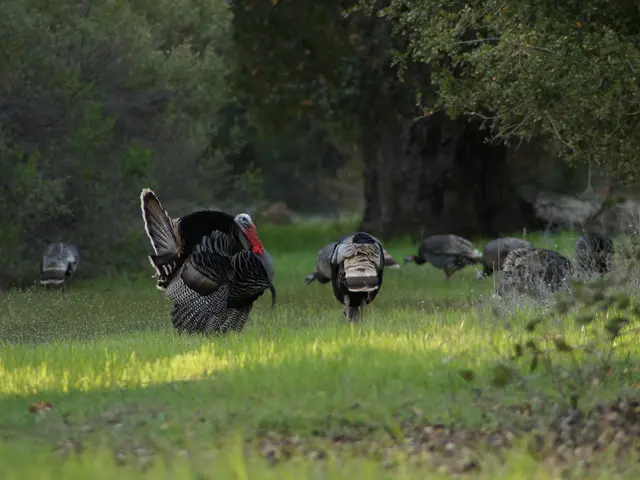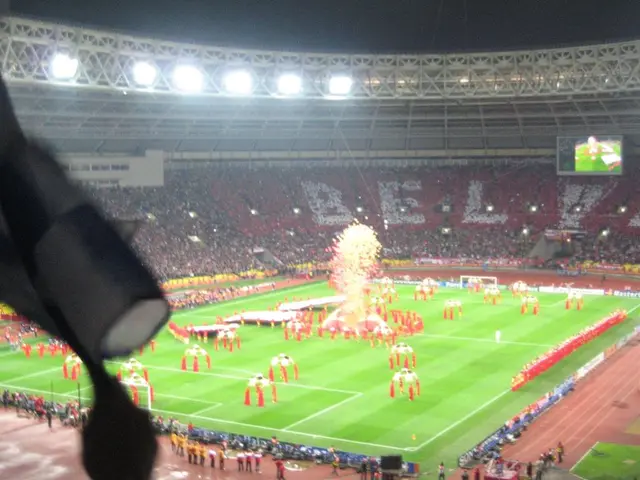On May 20's early hours, events unfolded in Ukraine
Intensifying military actions and ongoing diplomatic engagements are shaping the current state of the Ukraine-Russia conflict.
In a series of nocturnal operations, Russia has launched one of its largest combined drone and missile attacks against Ukraine, marking an escalation in their aggressive militaristic campaign. This attack, though smaller in terms of missiles, is part of an ongoing intensification of Russian offensive operations in 2025. The war's most significant casualties since its inception have been sustained in the first four months of the year, with Russia reporting over 160,000 casualties—the highest toll to date3.
Russia's territorial gains continue, capturing about 55 square miles of Ukrainian territory in the week leading up to May 21. Notable advances have been made in southwest Kostyantynivka, positioning Russia for potential offensives towards towns like Pokrovsk and Myrnohrad4. Similarly, there have been advances near Lyman, Toretsk, and Novopavlivka.
Ukraine remains tenacious, retaining and even gaining control in strategic border areas, with around 9 square miles under their control as of mid-May. Ukrainian forces have shifting tactics, effectively countering Russian assaults by responding to small group infiltrations, supported by drones, artillery, and glide bombs5.
Diplomatic endeavors seem to be making gradual progress, with a second round of a large prisoner-of-war exchange conducted on May 24, under an agreement to exchange 1,000 prisoners each. These prisoner exchanges follow bilateral negotiations held in Istanbul, signaling consistent dialogue between the parties6.
However, Russia is reportedly preparing to submit a draft document detailing its peace conditions, following the POW exchanges. The document's contents are likely to demand Ukraine's full surrender, posing a significant hurdle to achieving a ceasefire7.
The Ukrainian authorities have already accepted a US proposal for an unconditional 30-day ceasefire, expressing a willingness to pursue a long-lasting peace accord. Despite this, the prospects of an effective ceasefire remain uncertain as summer's military campaigns approach8.
International figures continue to call for diplomatic resolutions amid escalating fears of further conflicts and potential nuclear threats9. Concurrently, the global community, primarily NATO and the United States, offers military support to Ukraine. Despite these global calls for de-escalation and sustainable peace talks, a definitive ceasefire remains elusive as of late May 2025.
- In contrast to the war-and-conflicts in Ukraine-Russia, general-news coverage also includes reports on car-accidents and crime-and-justice incidents worldwide.
- As diplomatic efforts continue in an attempt to find a peaceful resolution to the Ukraine-Russia conflict, politics plays a crucial role in shaping the negotiating strategies of all involved parties.
- Despite the ongoing intensive war warfare, the Ukrainian authorities are actively seeking to implement a 30-day ceasefire, as they aim to focus on political discussions and work towards a long-lasting peace agreement, while keeping an eye on other global concerns, such as accidents and criminal justice matters.








